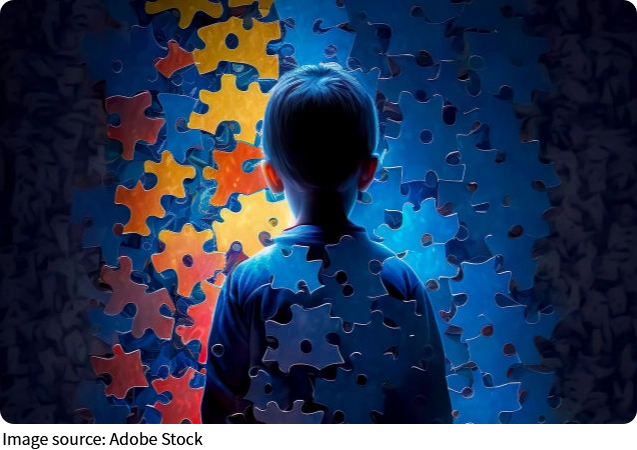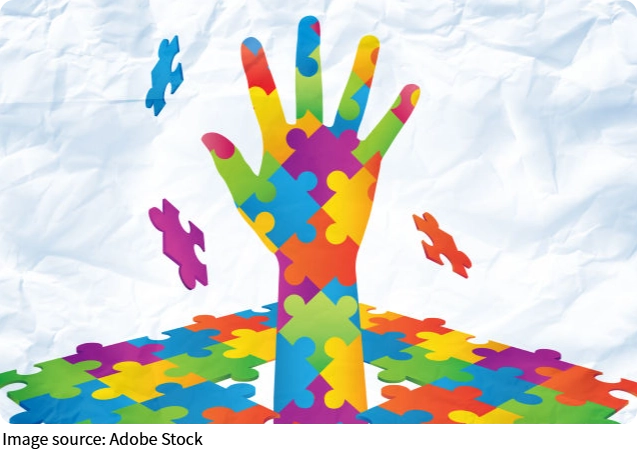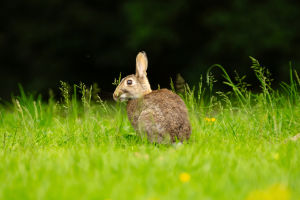Can Autism Be Inherited?

Autism spectrum disorder (ASD) is a complex neurodevelopmental condition, and the role of inheritance in its development has captured scientific attention for decades.
While ASD presents with diverse behavioral and social characteristics, rapid genetic advances have revealed that much of its risk stems from inherited DNA—but the story is far from simple.
The Strong Genetic Foundations of Autism
Large-scale studies have consistently shown that genetics plays a prominent role in ASD. Twin and family research points to high heritability, with modern estimates suggesting that 50–90% of autism risk is attributed to genetic factors.
A landmark study analyzing nearly two million people across multiple countries found that about 80% of an individual's risk for developing autism is related to inherited genes, with a smaller proportion caused by spontaneous or environmental factors.
Detailed genetic mapping uncovers hundreds—possibly over a thousand genes associated with ASD susceptibility, highlighting that autism doesn't derive from a single gene but from a patchwork of inherited (and sometimes spontaneous) genetic variations. Some of these variants, called "de novo mutations," arise spontaneously and are not inherited, while the majority of inherited risk arises from common genetic patterns carried quietly within families.
Subtypes and the Complexity of Inheritance
Recent genomic research has moved beyond single-gene focus to reveal biologically distinct subtypes of autism, each linked to unique gene groups and biological pathways. Notably, some subtypes are driven mainly by inherited variants, while others are more likely tied to recent, non-inherited mutations.
Not All Inherited Variants Act Alone
The inheritance of autism is further complicated by the interplay between rare, potent genetic variants and a constellation of less impactful inherited differences. Sometimes, an individual may inherit a rare variant from a parent who does not have autism, but only in combination with other risk variants does autism develop in the child.

Cutting-Edge Discoveries in Autism Genetics
2025 has witnessed the identification of new ASD-related genes, such as DDX53, expanding the understanding of which inherited patterns matter most for clinical diagnosis and genetic counseling.
Dr. Joseph Buxbaum emphasizes "We found that the strongest contributors to risk of autism are from inherited genes. Spontaneous genetic changes and other factors that we could not estimate are additional contributors to risk of autism."
Echoing the significance of subtype distinction, Dr. Jennifer H. Foss-Feig, a clinical psychologist and scientific officer, explains "This study takes an approach that differs from classic gene discovery efforts by identifying robust autism subtypes that are linked to distinct types of genetic mutations and affected biological pathways."
The inheritance of autism involves a multi-layered interplay of common and rare genes, spontaneous mutations, and molecular disruptions that together shape the diverse clinical spectrum of ASD. Inherited genetics represent the strongest source of risk, but modern science continues to unravel how these inherited patterns interact with new mutations and biological factors to shape each individual experience of autism.
-
 Can Autism Be Inherited?Is Autism Passed Through Blood?! What Science Now Says About Its Genetic Trail Will Surprise You!
Can Autism Be Inherited?Is Autism Passed Through Blood?! What Science Now Says About Its Genetic Trail Will Surprise You! -
 Fish Care TipsDiscover the Secret to Raising Happy, Healthy Goldfish with These Expert Tips!
Fish Care TipsDiscover the Secret to Raising Happy, Healthy Goldfish with These Expert Tips! -
 Is a Rabbit Right for You?Thinking of Getting a Rabbit? Here’s What You Need to Know Before Making the Big Decision!
Is a Rabbit Right for You?Thinking of Getting a Rabbit? Here’s What You Need to Know Before Making the Big Decision!